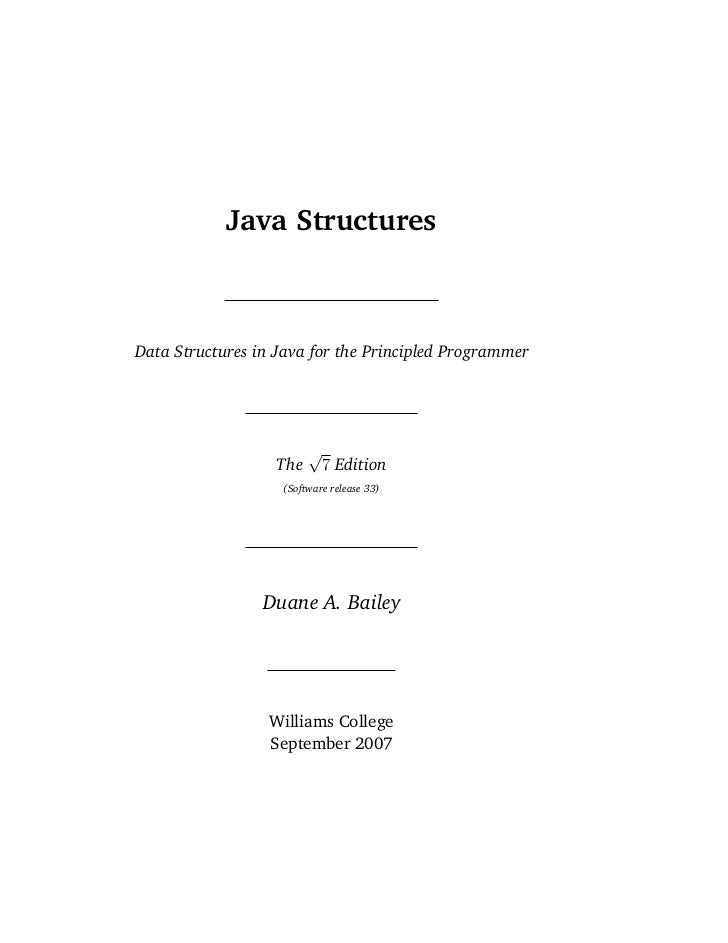- C++ Basics
- Data Structures Using C And C++ Tanenbaum
- Sample Programs In Data Structures Using Calculator
- Data Structures Using C 2nd Edition Free Pdf
- Simple Programs In Data Structures Using C++
Another classic data structure, the linked list, is covered in Chapter 11. Linked lists are not as important a data structure in C# as they are in a pointer-basedlanguagesuchasC++,buttheystillhavearoleinC#program- ming. Chapter 12 introduces the reader to yet another classic data structure— the binary tree. Progressing from the concrete to the abstract — and using numerous, substantial case studies and sample programs — this book explores structured problem solving, data abstraction, software engineering principles, and the comparative analysis of algorithms as fundamental tools of program design. There are various ways of grouping sets of data together in C#. Enumerations []. An enumeration is a data type that enumerates a set of items by assigning to each of them an identifier (a name), while exposing an underlying base type for ordering the elements of the enumeration. The underlying type is int by default, but can be any one of the integral types except for char. Simple Stack Program in C++ Programming Definition A stack is a basic computer science data structure and can be defined in an abstract, implementation-free manner, or it can be generally defined as a linear list of items in which all additions and deletion are restricted to one end that is Top.
Data Structures Using C And C++ Tanenbaum
- C++ Object Oriented
- C++ Advanced
- C++ Useful Resources
Sample Programs In Data Structures Using Calculator
- Selected Reading
C/C++ arrays allow you to define variables that combine several data items of the same kind, but structure is another user defined data type which allows you to combine data items of different kinds.
Structures are used to represent a record, suppose you want to keep track of your books in a library. You might want to track the following attributes about each book −
- Title
- Author
- Subject
- Book ID
Defining a Structure
To define a structure, you must use the struct statement. The struct statement defines a new data type, with more than one member, for your program. The format of the struct statement is this −
The structure tag is optional and each member definition is a normal variable definition, such as int i; or float f; or any other valid variable definition. At the end of the structure's definition, before the final semicolon, you can specify one or more structure variables but it is optional. Here is the way you would declare the Book structure −
Accessing Structure Members
To access any member of a structure, we use the member access operator (.). The member access operator is coded as a period between the structure variable name and the structure member that we wish to access. You would use struct keyword to define variables of structure type. Following is the example to explain usage of structure −
When the above code is compiled and executed, it produces the following result −
Data Structures Using C 2nd Edition Free Pdf
Structures as Function Arguments
You can pass a structure as a function argument in very similar way as you pass any other variable or pointer. You would access structure variables in the similar way as you have accessed in the above example −
When the above code is compiled and executed, it produces the following result −
Pointers to Structures
Simple Programs In Data Structures Using C++
You can define pointers to structures in very similar way as you define pointer to any other variable as follows −
Now, you can store the address of a structure variable in the above defined pointer variable. To find the address of a structure variable, place the & operator before the structure's name as follows −
To access the members of a structure using a pointer to that structure, you must use the -> operator as follows −
Let us re-write above example using structure pointer, hope this will be easy for you to understand the concept −
When the above code is compiled and executed, it produces the following result −


The typedef Keyword
There is an easier way to define structs or you could 'alias' types you create. For example −
Now, you can use Books directly to define variables of Books type without using struct keyword. Following is the example −
You can use typedef keyword for non-structs as well as follows −
x, y and z are all pointers to long ints.